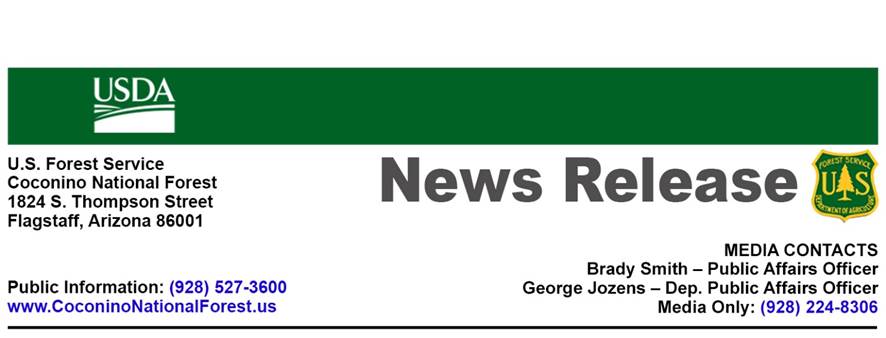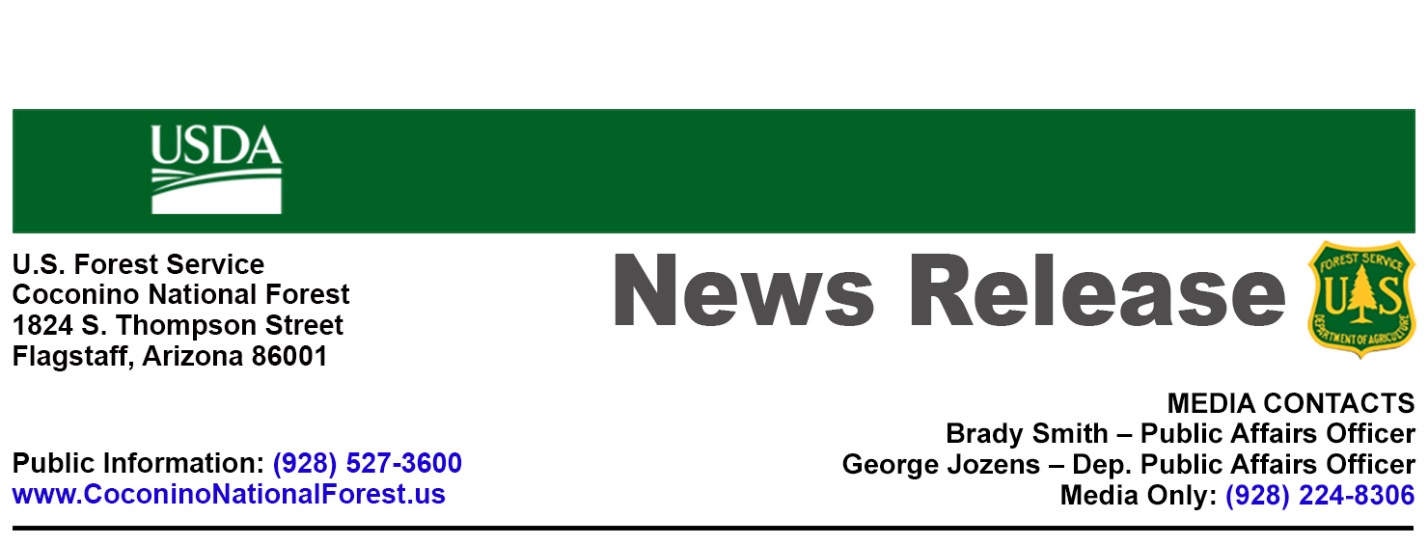|
|
|
New Trail Construction |
User-Created Adoption |
System Trail Re-route |
User-Created Naturalization |
System Trail Naturalization |
|
Western Gateway |
15 miles |
11 miles |
2.8 miles |
10 miles |
1.6 miles |
|
Village of Oak Creek Trails |
0.3 |
2.9 |
4.1 |
0.3 |
3.2 |
|
Camp Verde Loops |
1.7 |
3.2 |
--- |
0.2 |
--- |
|
Thunder Mountain |
--- |
--- |
--- |
3 |
--- |
|
Total Activity |
17 miles |
17.1 miles |
6.9 miles |
13.5 miles |
4.8 miles |
Comments received in response to this solicitation, including names and addresses of those who comment, will be part of the public record for this proposed project.
The Red Rock Ranger District, currently encompassing 300-plus miles of system trails, is known for some of the most popular and heavily visited locations in Arizona. The trails include
Bell Rock, West Fork, Cathedral Rock, Boynton Canyon, and Oak Creek Canyon.
In recognition of the district’s trail system, the U.S. Department of Agriculture selected the Sedona area as part of the 15 national trail maintenance priority areas in February. This Red Rock Trails Enhancement project fits this designation and focuses trail
work, bolstered by partners and volunteers, including Friends of the Forest and the Sedona Red Rock Trail Fund.
Based on a prior 2013 trail planning process, followed by 2016 pre-scoping efforts on the Red Rock Ranger District, the Coconino National Forest has identified the need to provide
a non-motorized trail system; to increase the safety of trail users; and to improve watershed health by reducing erosion.
The Forest Service intends to complete its environmental analysis, as a categorical exclusion this summer. Implementation of the proposed project would occur over several
years, likely beginning this fall, depending on funding and partner support.
The proposed action, including detailed maps, is located on the Forest Service’s project website:
https://tinyurl.com/RedRockTrails.
For more information, contact Patrick McGervey, Red Rock Ranger District recreation program manager, at (928) 203-7529.
###

|
|
|
This electronic message contains information generated by the USDA solely for the intended recipients. Any unauthorized interception of this message or the use or disclosure of the information it contains may violate the law and subject the violator to civil or criminal penalties. If you believe you have received this message in error, please notify the sender and delete the email immediately. To manage your subscription visit http://www.fs.fed.us/news/subscription.shtml
Attachment:
COC-NR-3-16-18RedRockTrailsCommentsV2.pdf
Description: COC-NR-3-16-18RedRockTrailsCommentsV2.pdf




